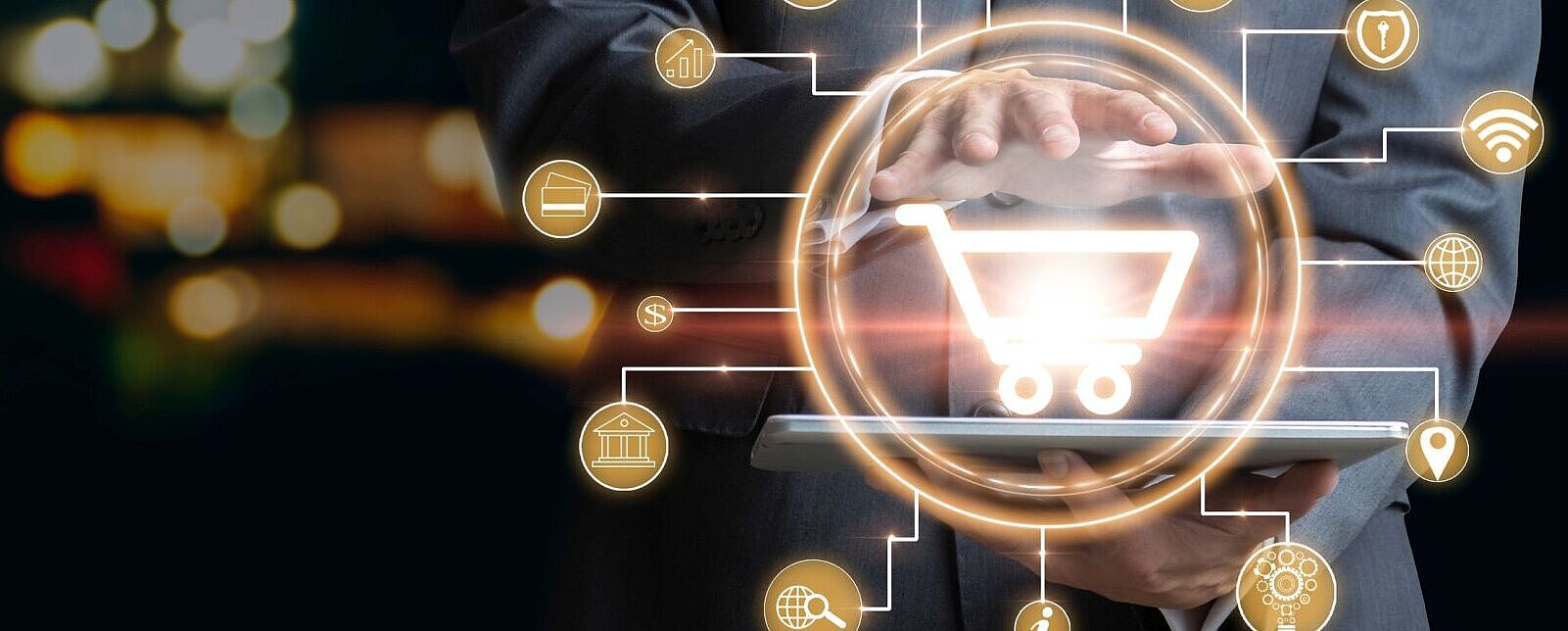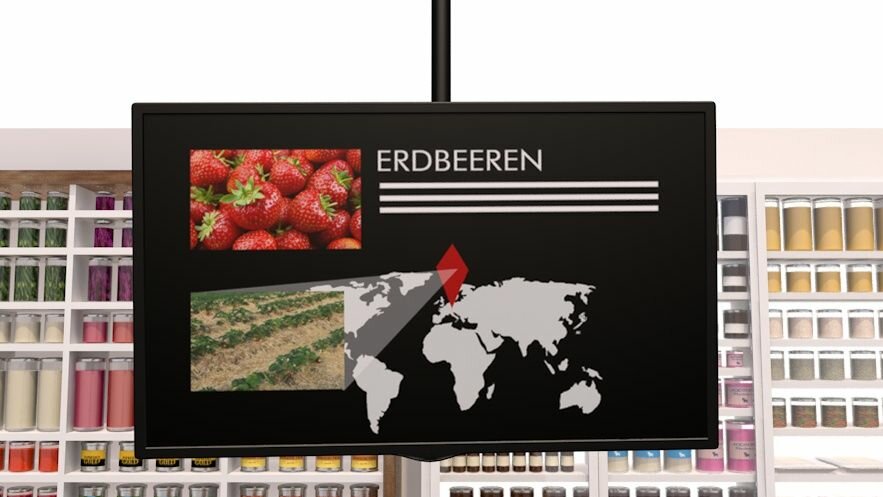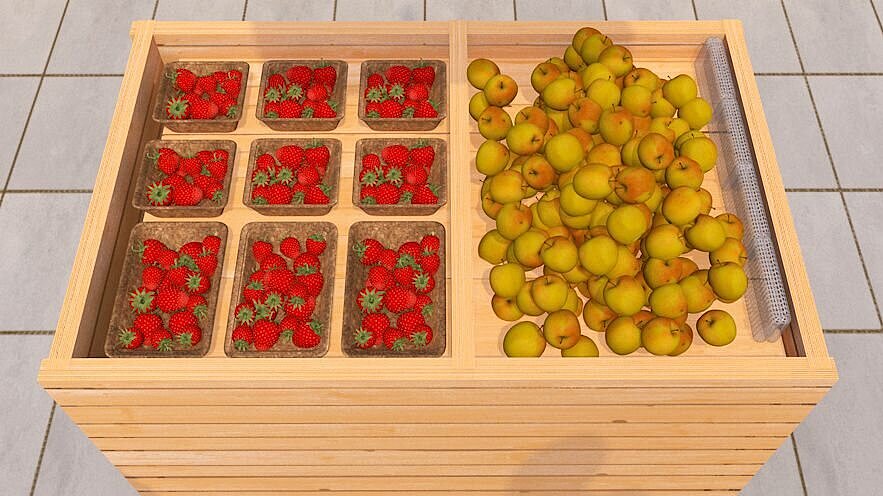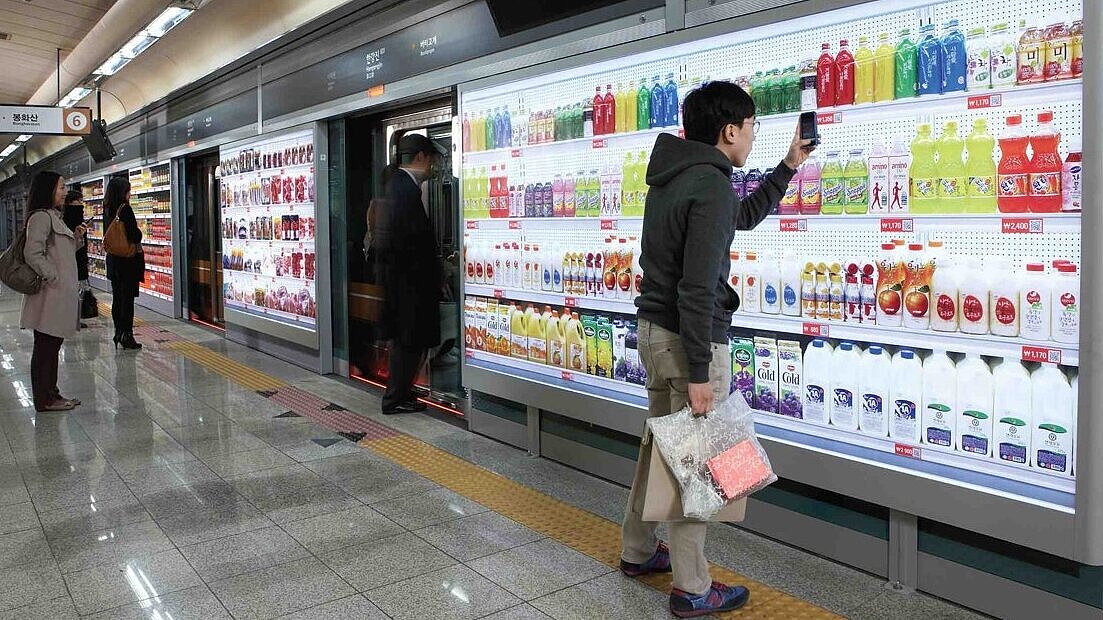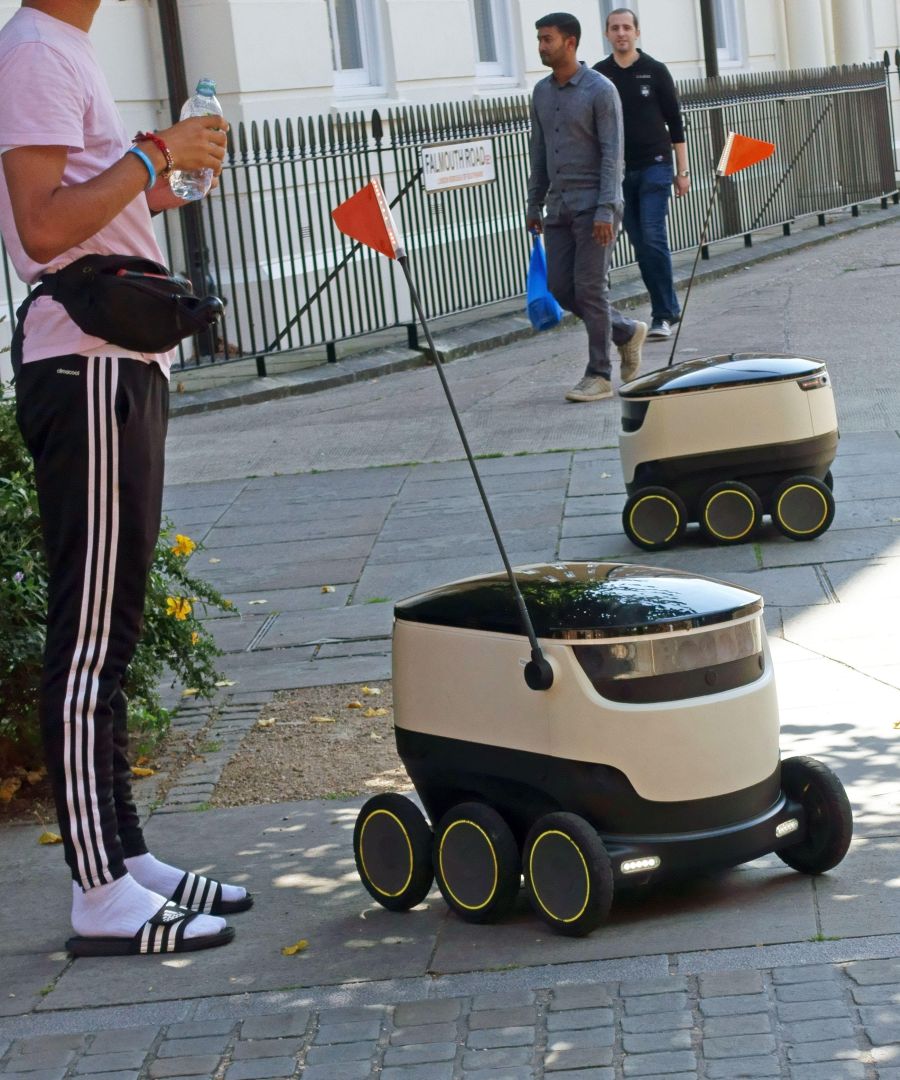Content: Modern live shopping must offer more than it does today: comprehensive product information and advice in the store as well as an autonomous home delivery service
Health often starts with nutrition, which is why one of the goals on the Frankfurt Bridges is to give consumers more insight into the origin and quality of food than before. This can be done easily with QR code and smartphone.
The rest of the shopping experience is characterized by automation and product-friendly handling, with maximum convenience for shoppers through delivery services.
This makes shopping in stores an enriching experience.
